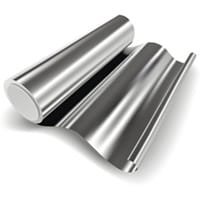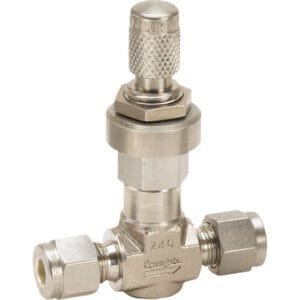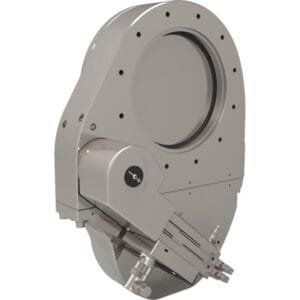Ultra High Vacuum (UHV) Aluminum Foil: Engineered Cleanliness for High-Vacuum Environments
Ultra High Vacuum (UHV) Aluminum Foil from TFM is specially produced to meet the rigorous cleanliness standards required in UHV systems and cleanroom operations. Unlike standard household or industrial foil, this foil is completely free of oils, silicones, or processing residues, making it the trusted choice for high-sensitivity environments such as semiconductor manufacturing, analytical labs, and vacuum coating systems.
Why Choose Ultra High Vacuum (UHV) Aluminum Foil?
Contamination-Free Design: Each roll of Ultra High Vacuum (UHV) Aluminum Foil is manufactured and handled in a way that guarantees a virtually contaminant-free surface. It is “A” wettable, meaning it can be reliably used with vacuum-compatible cleaning agents and remains free of any oils found in conventional aluminum foil products.
Certified to ASTM B-479 Standards: TFM’s UHV aluminum foil complies with ASTM B-479, specifically meeting sections 3.1.4 and 10.3.1, which cover material purity and mechanical specifications suitable for critical vacuum applications.
Ideal for Controlled Environments: This Ultra High Vacuum (UHV) Aluminum Foil is purpose-built for cleanrooms, vacuum chambers, space simulation systems, and thin film processing equipment, where molecular-level cleanliness is non-negotiable.
Protective Packaging for Integrity: To maintain its ultra-clean state, the foil is rolled on non-contaminating plastic cores, housed in a sealed plastic dispenser box, and additionally wrapped in film — ensuring it’s pristine and ready for direct use in vacuum environments.
Versatile High-Vacuum Utility: Whether lining vacuum chambers, shielding delicate instrumentation, or isolating experimental surfaces, Ultra High Vacuum (UHV) Aluminum Foil delivers consistent performance and purity.
Applications of Ultra High Vacuum (UHV) Aluminum Foil:
Lining walls and internal components of UHV chambers
Shielding against thermal radiation and deposition in sputtering and evaporation systems
Wrapping or isolating clean tools or fixtures in ISO-class cleanrooms
Serving as a physical barrier to reduce particulate accumulation during equipment maintenance
TFM’s Ultra High Vacuum (UHV) Aluminum Foil is a critical consumable for any laboratory or facility operating in ultra-clean or high-vacuum conditions. By eliminating contamination risks and offering ASTM-backed quality, it supports both operational efficiency and system longevity in advanced material processing and vacuum science.
Ordering Table
| Reference | Width | Length | Thickness | Part Number |
| UHV AL Foil | 18 | 500 ft | 0.0015 | FOILA18.0015 |
| UHV AL Foil | 24 | 500 ft | 0.001 | FOILA24 |
| UHV AL Foil | 24 | 500 ft | 0.0015 | FOILA24.0015 |





Reviews
There are no reviews yet.